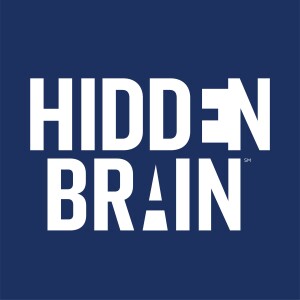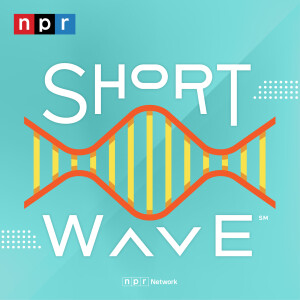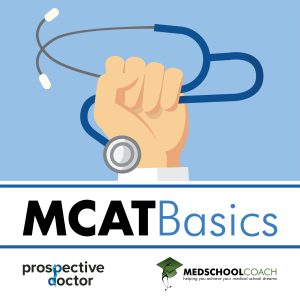

MCAT Basics (from MedSchoolCoach)
https://anchor.fm/s/100df33dc/podcast/rssEpisode List
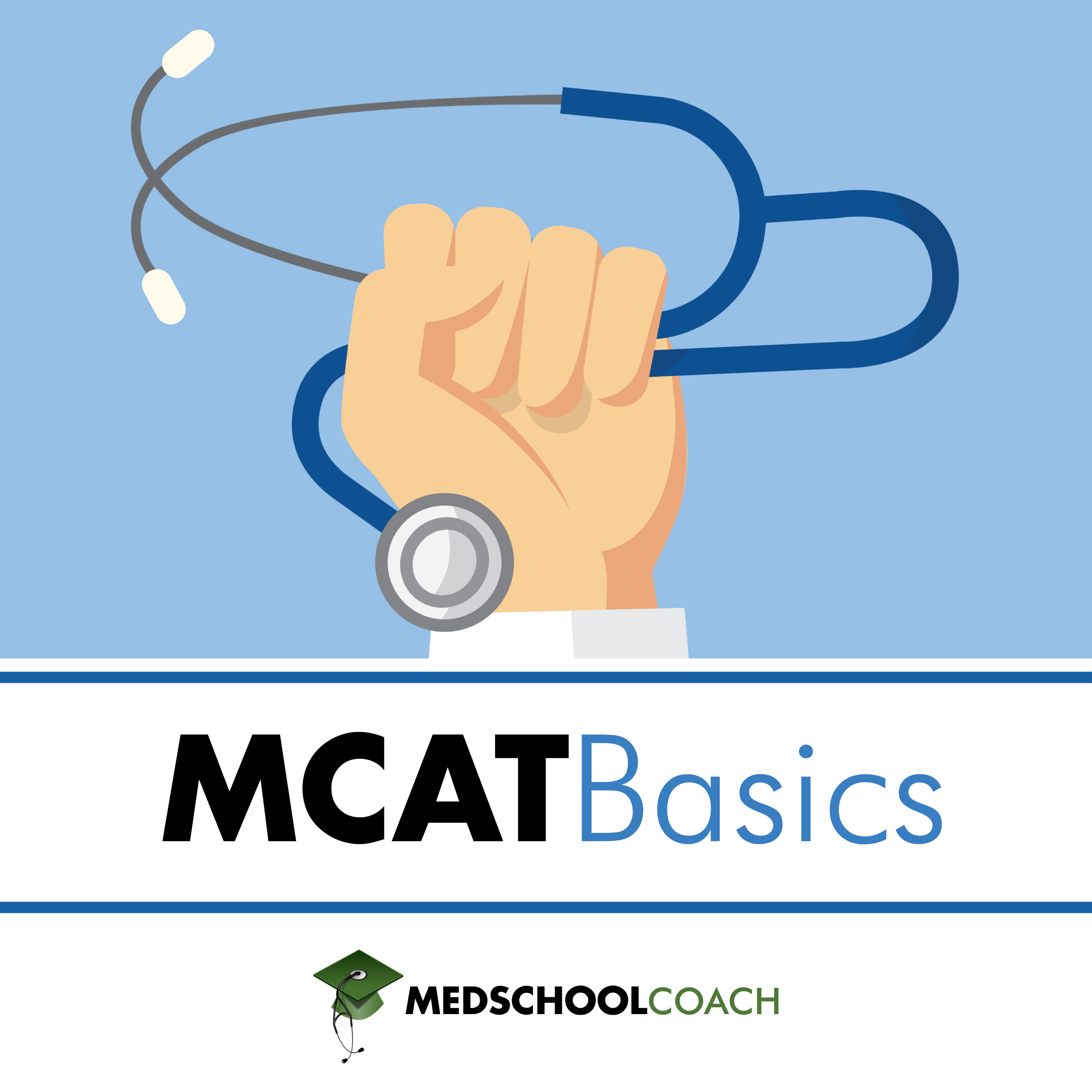
Electron Transport Chain
The electron transport chain is a fundamental pathway in biochemistry, critical for understanding the energy production that powers cellular function. In this episode, guest host Alex Starks breaks down the intricate process of the electron transport chain (ETC). Building on previous discussions of glucose metabolism, Alex walks through the components that play key roles in the movement of electrons through complexes within the inner mitochondrial membrane. We also cover the functions of coenzyme Q and cytochrome c, as well as oxygen’s critical role in completing the process. Visit medschoolcoach.com for more help with the MCAT. Jump into the conversation: (00:00) Intro (02:11) Recap of glycolysis, pyruvate, and the Krebs cycle (03:02) Location of the TCA cycle and ETC in the mitochondria (04:22) Overview of NADH and FADH2 production (05:38) Complex I: NADH dehydrogenase and coenzyme Q (08:00) Complex II: Succinate dehydrogenase and FADH2 (11:15) Complex III: Cytochrome c reductase and the role of proton pumping (14:32) Complex IV: Cytochrome c oxidase and oxygen (18:14) The role of ATP synthase (21:47) Total ATP yield from aerobic respiration (26:00) How the electron chain is disrupted (30:20) Uncouplers and their metabolic effects (35:16) Quiz
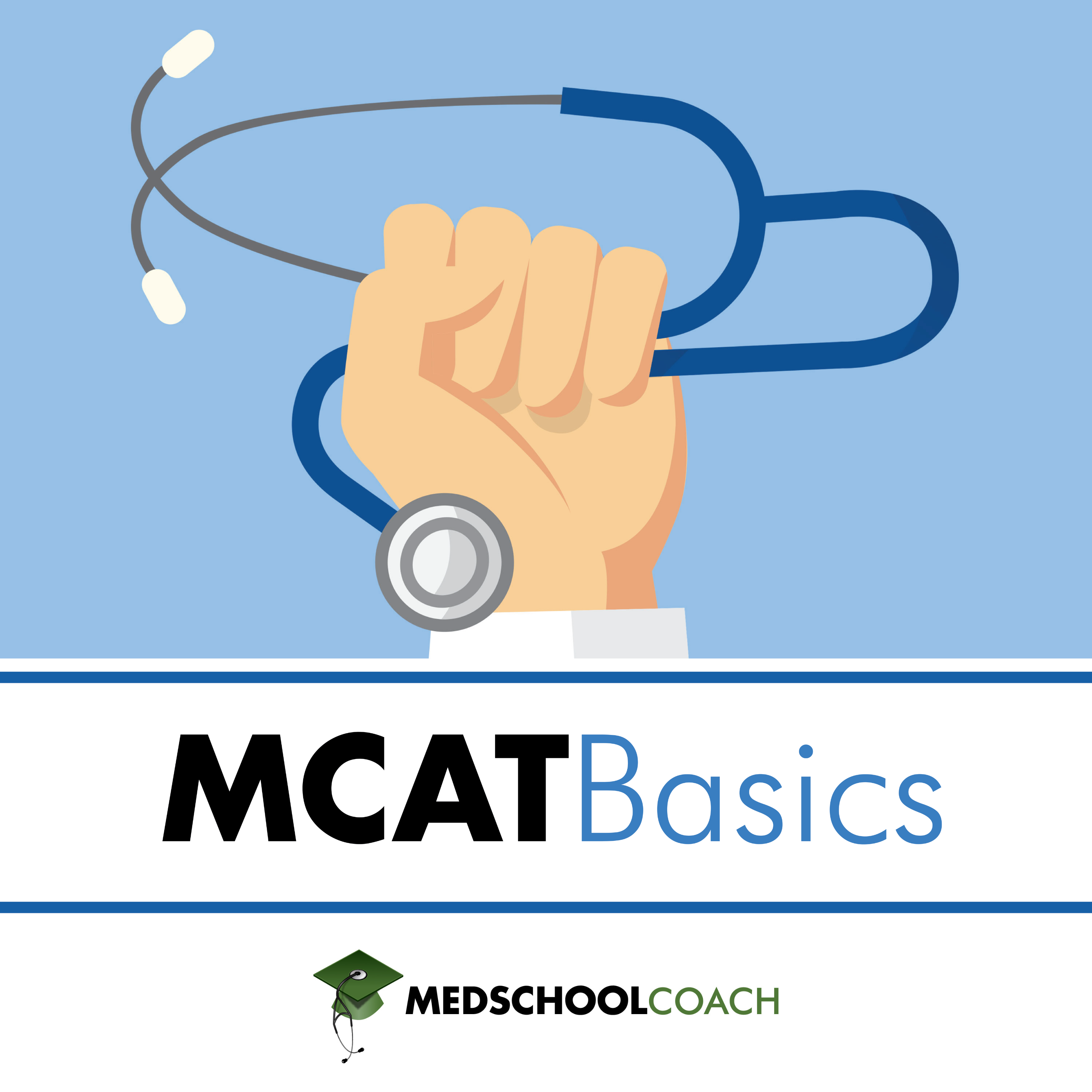
Fluid Statics
This MCAT Basics episode covers fluid statics (fluids standing still). It begins with different fluid properties, including surface tension, vapor pressure, adsorption and absorption, adhesion and cohesion, and Henry's law. Next, it discusses several important fluid statics concepts: static fluid pressure, Pascal's law, gauge pressure vs absolute pressure, osmotic pressure, and buoyancy. For information on fluid dynamics (moving fluids), skip to the 43:00 mark in the cardiovascular system + fluids podcast. Visit MedSchoolCoach.com for more help with the MCAT. [00:00] Introduction [02:18] Properties of fluids [07:10] Surface Tension [11:54] Difference between adsorption and absorption [14:09] Vapor Pressure [19:07] Henry’s Law [20:35] Static Fluid Pressure [25:10] Pascal’s Law [29:23] The difference between gauge pressure and absolute pressure. [31:24] Osmotic Pressure [44:35] Buoyancy
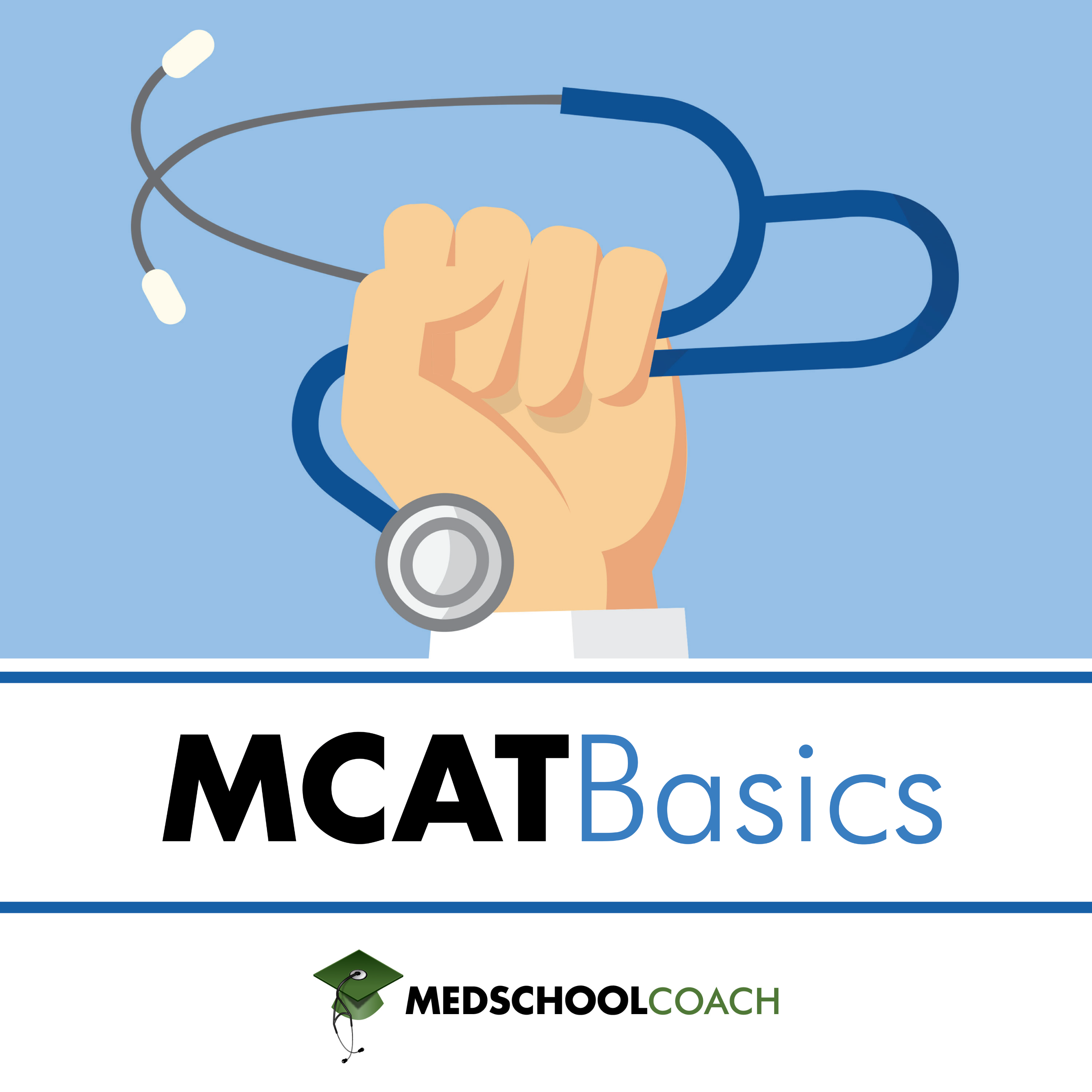
The Muscular System
This MCAT BAsics episode covers the muscular system. It begins with the differences and similarities between the three types of muscle (smooth, cardiac, and skeletal). Then, the podcast explores the basic structure of a skeletal muscle cell and the various organelles unique to this cell type, including the sarcolemma, sarcoplasm, myofibrils, sarcomeres, and more. Next, it discusses three main differences between Type 1 and Type 2 muscle fibers. Finally, it delves into muscle contraction, starting at the neuromuscular junction and ending with the shortening of sarcomeres, which causes muscle flexion. Visit MedSchoolCoach.com for more help with the MCAT. [00:00] Introduction [02:09] Types of muscle - smooth, cardiac, skeletal [04:49] The structure of a muscle cell in skeletal muscle [15:11] The difference between Type 1 and Type 2 muscle fibers [23:08] Understanding how a muscle contracts [27:53] The Cross-Bridge cycle
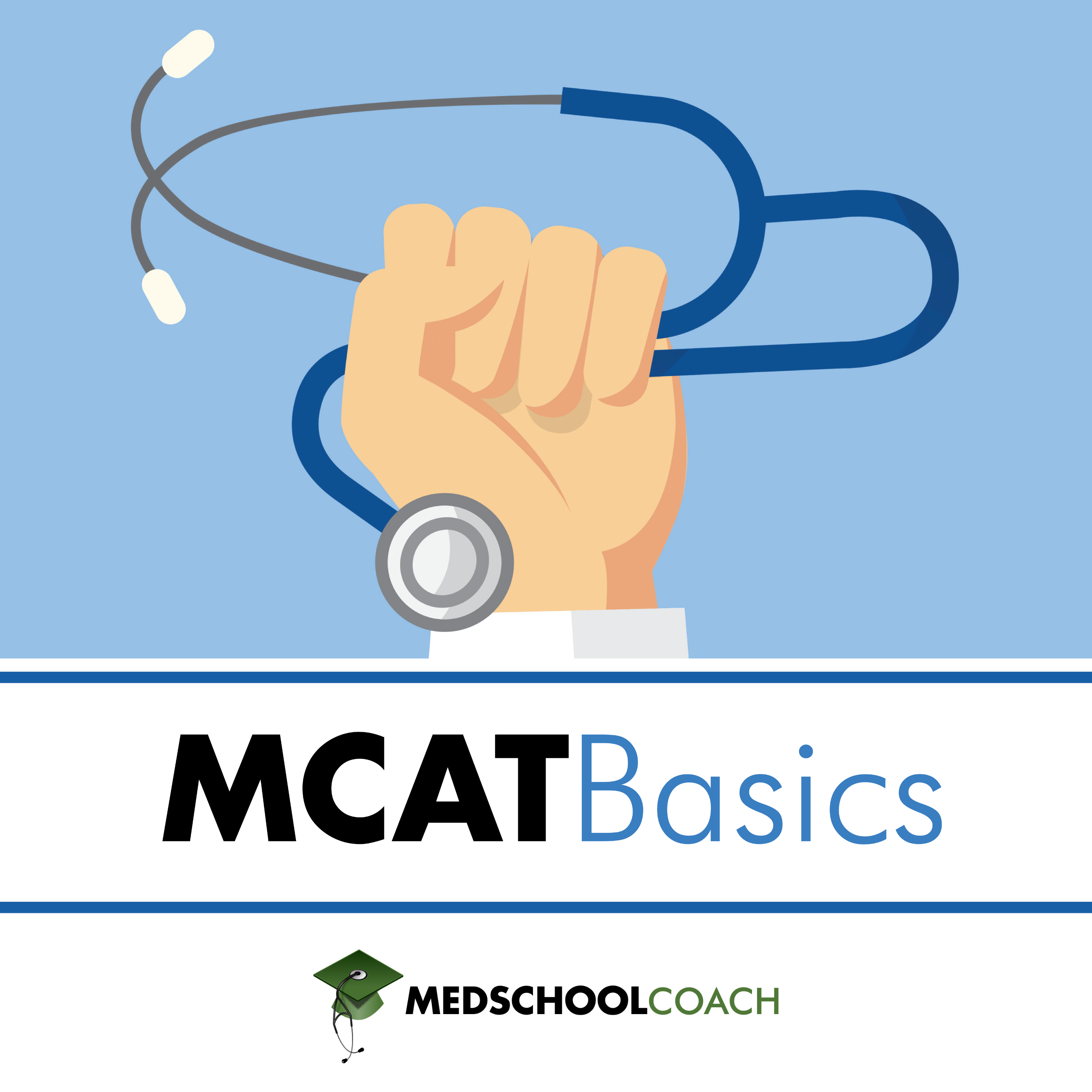
Social Stratification
This MCAT podcast covers social stratification. It begins with a definition and examples of many terms related to social stratification and inequality, including prejudice, discrimination, stereotype, stereotype threat, status (ascribed vs achieved), power (six different types to know), social capital (and other forms of capital), gentrification, and poverty. The discussion then moves on to social class and the social gradient in healthcare. Visit MedSchoolCoach.com for more help with the MCAT. [00:00] Introduction [02:24] Terms related to social stratification [03:03] Defining social stratification [03:53] What is prejudice [04:57] Defining stereotype and discrimination [09:29] What is stereotype threat [13:04] Status and the six different types of power [21:50] Social Capital [23:38] Defining gentrification [25:07] Absolute poverty vs. relative poverty [27:59] Social Class [33:53] Social Stratification in Healthcare
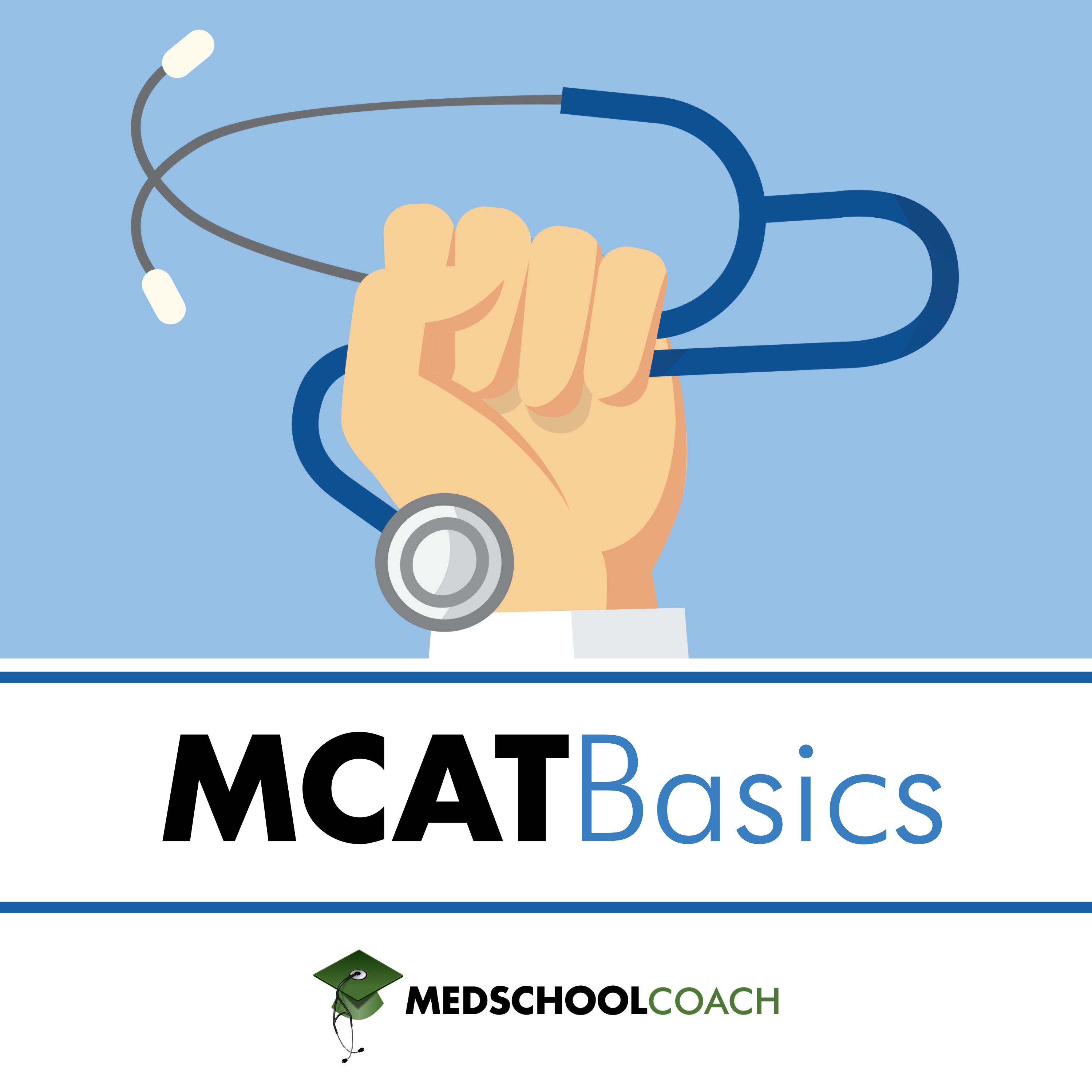
Classic Psychology Experiments
In this episode, we delve into classic psychology experiments –relevant to the Psych/Soc section of the MCAT. We cover a range of significant studies, including Pavlov’s Dog, Harlow’s Monkey Study, Albert’s Bobo Doll Experiment, the Skinner Box Experiment, Asch’s Conformity (Line) Experiment, the Milgram Experiment, Watson’s Little Albert Experiment, Sherif’s Robbers Cave Study, and Seligman’s Learned Helplessness Dog Study. Additionally, we touch on rapid-fire cases like Zimbardo’s Prison Experiment, the Kitty Genovese case, and Phineas Gage’s story. Visit MedSchoolCoach.com for more help with the MCAT. [00:00] Introduction [02:37] Pavlov’s Dog Experiment [07:40] Harlow’s Monkey Study [12:05] Albert’s Bobo Doll Experiment [15:41] The Skinner Box Experiment [24:12] Asch Conformity (Line) Experiment [28:16] The Milgram Experiment [36:01] Watson’s Little Albert Experiment [39:10] Sherif’s Robbers Cave Study [43:17] Seligman’s Learned Helplessness Dog Study [46:14] Zimbardo’s Prison Experiment [48:39] The Kitty Genovese case [49:47] Phineas Gage’s story
Create Your Podcast In Minutes
- Full-featured podcast site
- Unlimited storage and bandwidth
- Comprehensive podcast stats
- Distribute to Apple Podcasts, Spotify, and more
- Make money with your podcast




